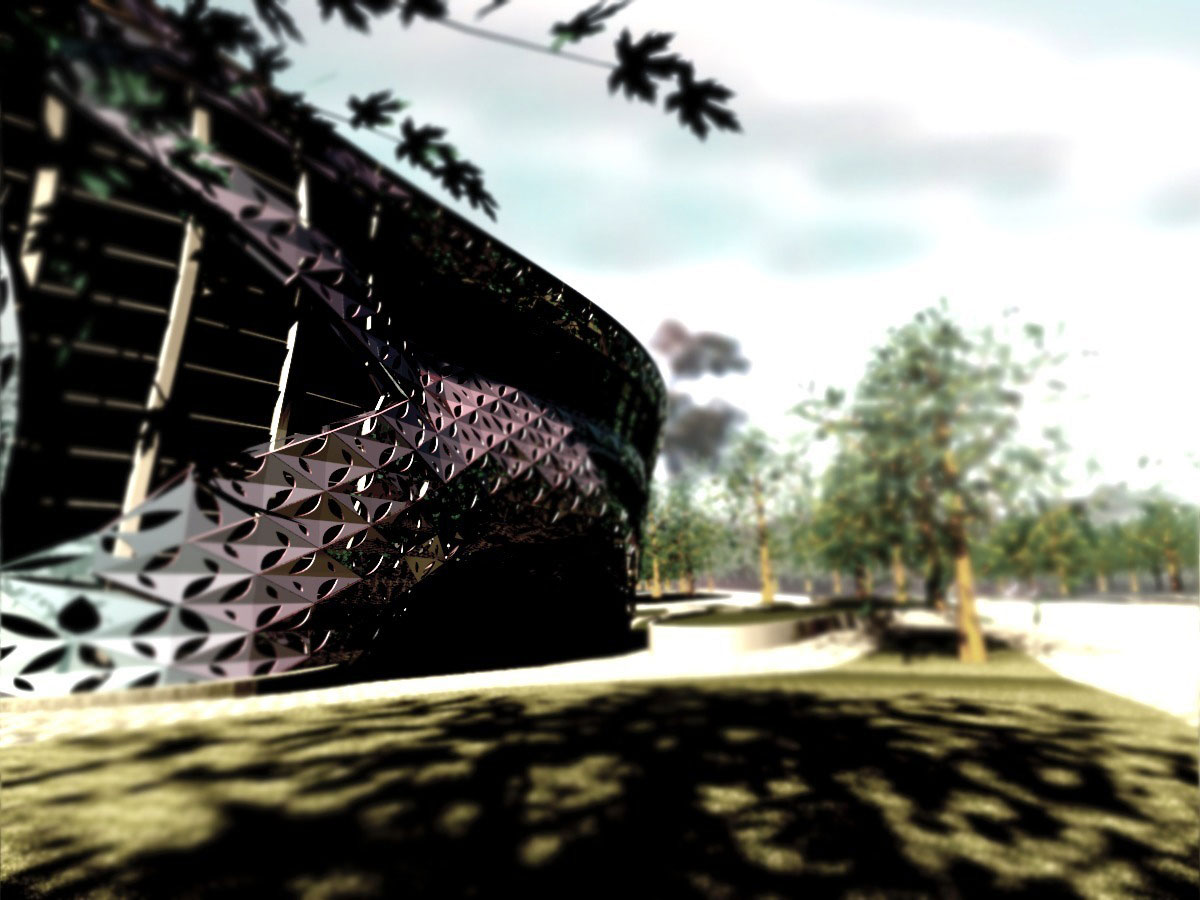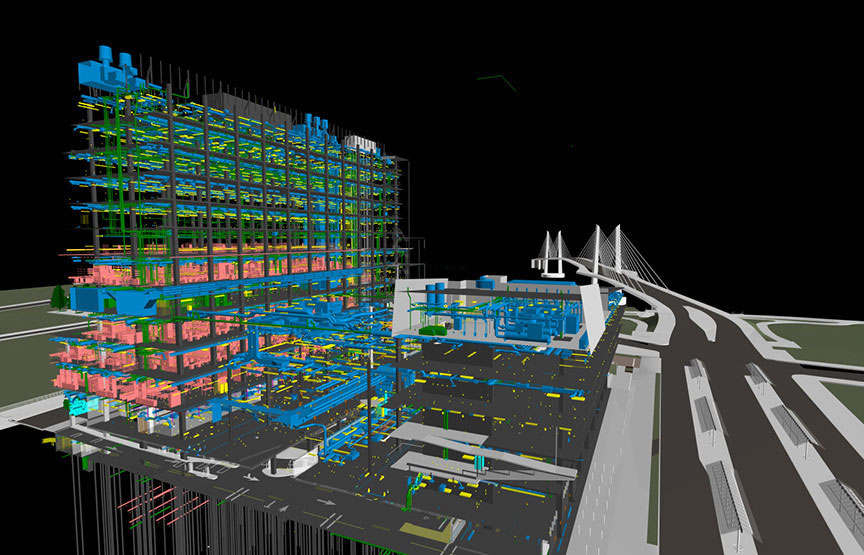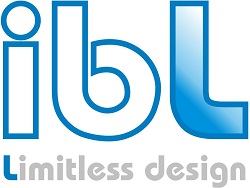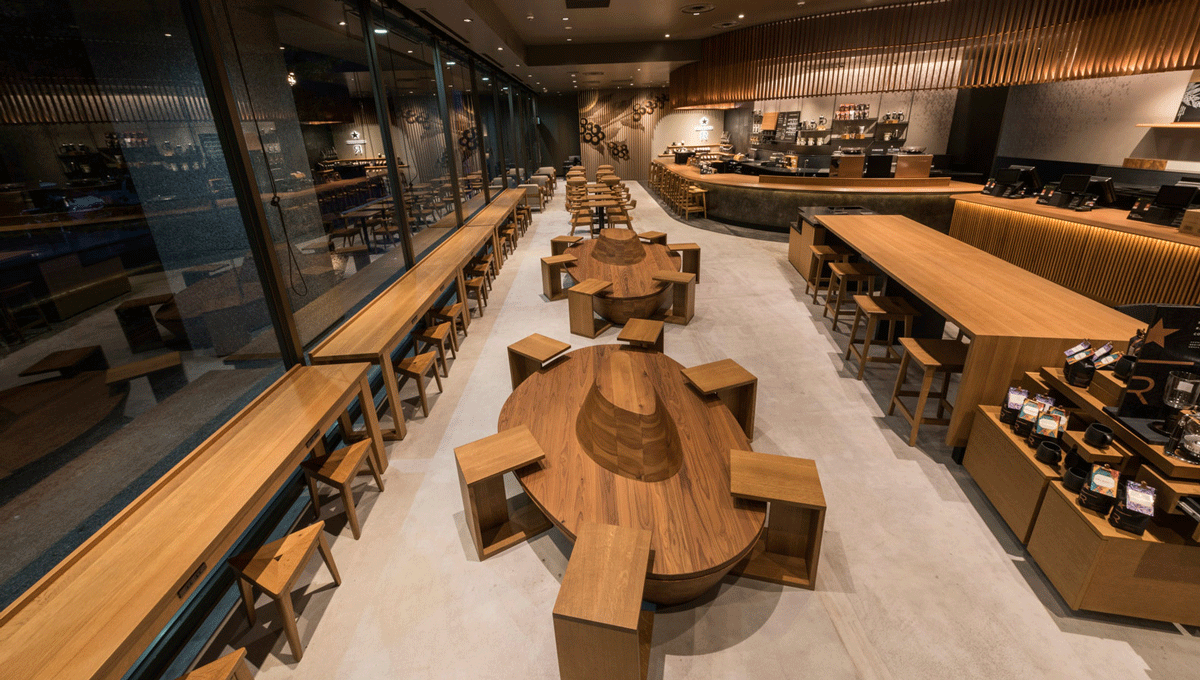
1. Avoiding Outsourcing
BIM has been available to architecture and design firms for decades, but in its early years often took too much time and computing power for it to make sense for smaller firms, who still found it cost-effective to outsource processes such as visualization of their designs. But now, with BIM software easily available and feasible for almost any architect to implement, firms stand to gain from the benefits that BIM brings by creating their own visualizations instead of having to pay for them.

2. More Flexible Processes
By using BIM within your own firm, you also gain enormous amounts of flexibility in the event of changes to the design. When outsourcing visualizations, for example, models and images are sent back and forth countless times; similarly, with non-BIM processes, any design changes must be communicated in detail to engineers and contractors via email or even in person. But with shared BIM models communicating such changes to subcontractors automatically, the time and money spent on communicating design changes is minimal, giving designers much more freedom to ensure the project meets their client’s expectations.
3. Increased Understanding of the Designed Space
Designing a building using BIM’s 3D-modeling-based system, as well as being able to quickly generate rendered visuals of the proposal, also improves the understanding of the building design and site among the architects working on the project. As Crawford Smith, BIM specialist at SERA Architects Inc., explains:
“Model-based visualisations helped everyone – regardless of their technical background – to quickly get an understanding of the accelerated development of the building and the tenant spaces.”

4. Providing Quicker Feedback
Furthermore, by internalizing some processes that might previously have been outsourced, and by improving communication on those processes that still are, BIM also offers accelerated feedback on design proposals, particularly when communicating with clients. As William Sharples, principal of SHoP, explains:
“BIM helped us use the power of visualization to bridge time and distance.”
Generating your own visualizations allows you to react far more quickly to a client’s critiques and suggestions; minimizing the time needed for feedback not only minimizes costs, it also improves your reliability and reputation as a firm.
5. Creative Exploration
While much is made about the increases in productivity and efficiency which arise as a direct result of BIM, it is less commonly discussed that this also opens opportunities for creative improvement. By meeting deadlines ahead of time and producing accurate, information rich models, BIM leaves time for architects to conduct creative investigations. Better alternatives to a design may arise during such an activity, producing more options and visual data for a client. Crawford Smith, BIM specialist at SERA, says:
“Autodesk BIM solutions helped us spend less time producing documents and more time on design exploration.”
6. Advanced Visualization Options
One of the strongest arguments for implementing BIM–one that can still help a firm stand out among almost all of its competitors–is the recent advances in visual technology; specifically, advances in Virtual Reality. BIM’s 3D modeling process means that designs are easily rendered and imported into a wide variety of VR environments, for example with Autodesk’s new LIVE service offering a one-click interactive rendering out of Revit. Soon, VR technology is likely to be as sought after by clients as ordinary renderings are today, and being an architecture firm that has the internal skills necessary for this shift will be a huge asset. The ability to quickly incorporate the client’s feedback into a model that can be communicated through VR would undoubtedly make any architecture firm a frontrunner.
Download the Definitive Guide to Growing your Architecture Firm with BIM to learn how to build your business with BIM.
This article was sponsored by Autodesk.


